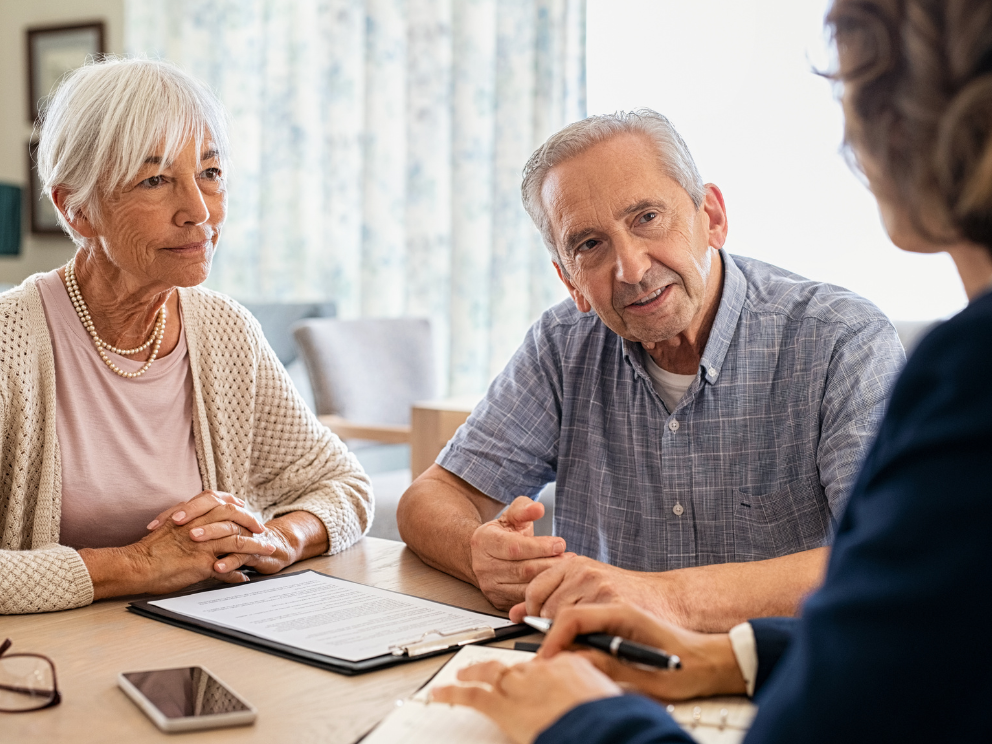Diverticulitis
What are the symptoms of diverticulosis?
Diverticulosis usually doesn’t cause any symptoms and many people are unaware they have it. Bloating, abdominal cramps, or constipation are symptoms that may occur due to difficulty passing the stool through the affected area of the colon.
How is the diagnosis of diverticulosis made?
Many times diverticulosis is an incidental finding while doing an evaluation for another condition or a screening for polyps. Flexible sigmoidoscopy and colonoscopy procedures allow the gastroenterologist to directly visualize the pouches. Other imaging tests, such as computed tomography (CT) scans and barium x-rays, can also identify diverticulosis.
Treating Diverticulosis
Once a person develops diverticulosis, it doesn’t disappear on its own. Most people do not require any form of treatment for diverticulosis since they don’t develop symptoms. Your doctor may recommend a high-fiber diet to keep stools soft and easier to pass when diverticulosis is accompanied by symptoms of abdominal cramping, bloating or constipation. In order to get the recommended 20 to 35 grams of daily fiber recommended, you can eat more fruits, vegetables, or grains. A few examples of high fiber foods include apples, pears, broccoli, carrots, squash, baked beans, kidney beans, and lima beans. If you are still having difficulty getting the required fiber, your doctor may recommend a supplemental fiber product such as psyllium, methylcellulose or polycarbophil. You can find these products over-the-counter and come in various forms including pills, powders, and wafers. If you are having difficulty with abdominal cramping or discomfort, your doctor may prescribe a medication to help relax spasms in the colon.
Are there complications from diverticulosis?
Inflammation, infection, bleeding, or intestinal blockage are complications that may occur from diverticulosis. Diverticulosis does not lead to cancer.
Who gets diverticulosis?
Over half of all people in the United States over age 60 and nearly everyone by age 80 have diverticulosis. The pouches become more prominent with aging and are unusual in people under the age of 40.
What causes diverticulosis?
Most doctors believe diverticulosis is caused by a diet low in fiber as the regions where diverticulosis is uncommon have diets high in fiber and rich in grains, fruits, and vegetables. Low fiber diets contribute to constipation, which increases the pressure within the digestive tract due to straining during bowel movements. Increased pressure and straining over many years likely contributes to diverticulosis.

Diverticulitis
Diverticulitis is a condition caused by inflammation or infection of the pouches. Symptoms of diverticulitis include: localized abdominal pain, tenderness, fever, nausea, vomiting, shaking, chills, or constipation. A CT scan is used to confirm the diagnosis of diverticulitis. Minor cases usually do not require hospitalization and clear up with the use of oral antibiotics. When diverticulitis is left untreated, a collection of pus (abscess) can form outside the colon wall or a generalized infection in the lining of the abdominal cavity (peritonitis) can occur. Usually a CT scan is used to diagnose an abscess and treatment consists of hospitalization, antibiotics administered through a vein and possibly drainage of the abcess. If you have repeated attacks of diverticulitis, you may be referred to surgery to remove the affected portion of your colon.Bleeding in the colon may occur from a diverticulum and is called diverticular bleeding. Diverticular bleeding is one of the most common causes of major colonic bleeding in patients over age 40 and is usually red or maroon. Most diverticular bleeding stops on its own, but a colonoscopy may be required for persistent bleeding. In the event the bleeding persists or is severe, you may require a hospital stay to administer IV fluids or possible blood transfusions. Colonoscopy may also be ordered to determine the cause of the bleeding and treat it. If the bleeding is unable to be stopped by other methods, surgery or other procedures may be required.Intestinal blockage caused from repeated attacks of diverticulitis may require surgery to remove the affected portion of the colon.